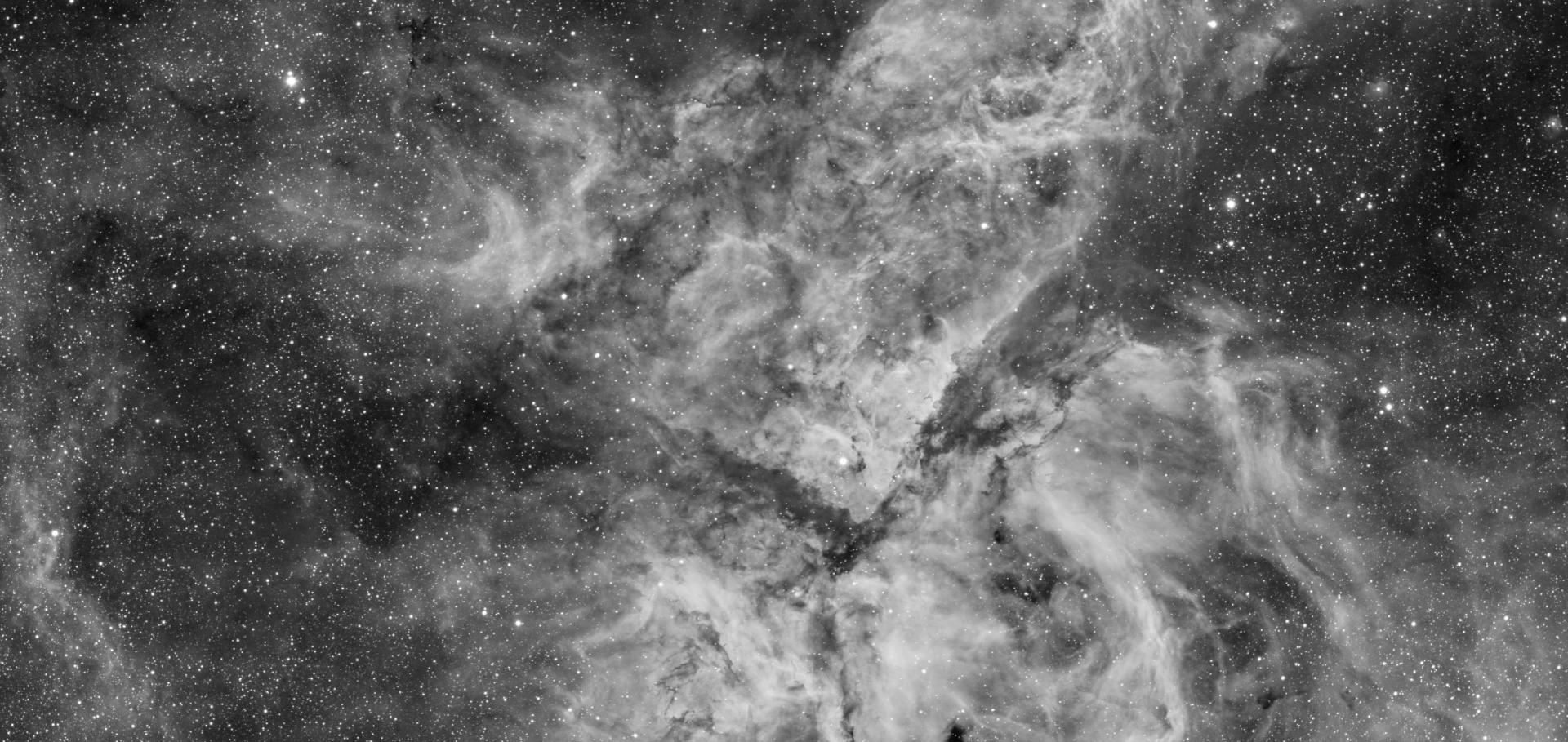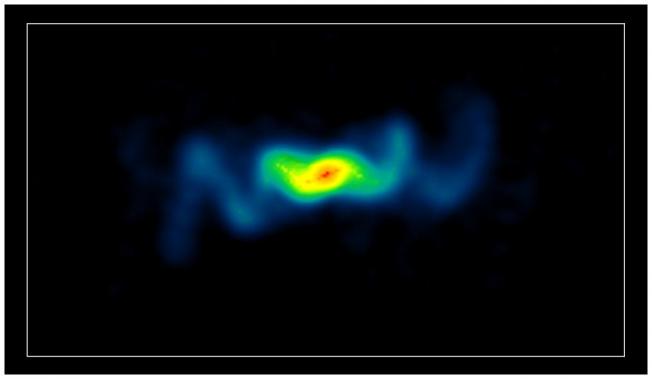Multiwavelength study of Cygnus A IV. Proper motion and location of the nucleus
(2014)
X-ray emission around the z=4.1 radio galaxy TNJ1338-1942 and the potential role of far-infrared photons in AGN Feedback
ArXiv 1307.1594 (2013)
Abstract:
We report the discovery in an 80-ks observation of spatially-extended X-ray emission around the high-redshift radio galaxy TNJ1388-1942 (z=4.11) with the Chandra X-ray Observatory. The X-ray emission extends over a ~30-kpc diameter region and although it is less extended than the GHz-radio lobes, it is roughly aligned with them. We suggest that the X-ray emission arises from Inverse Compton (IC) scattering of photons by relativistic electrons around the radio galaxy. At z=4.11 this is the highest redshift detection of IC emission around a radio galaxy. We investigate the hypothesis that in this compact source, the Cosmic Microwave Background (CMB), which is ~700x more intense than at z~0 is nonetheless not the relevant seed photon field for the bulk of the IC emission. Instead, we find a tentative correlation between the IC emission and far-infrared luminosities of compact, far-infrared luminous high-redshift radio galaxies (those with lobe lengths of <100kpc). Based on these results we suggest that in the earliest phases of the evolution of radio-loud AGN at very high redshift, the far-infrared photons from the co-eval dusty starbursts occuring within these systems may make a significant contribution to their IC X-ray emission and so contribute to the feedback in these massive high-redshift galaxies.X-ray emission around the z=4.1 radio galaxy TNJ1338-1942 and the potential role of far-infrared photons in AGN Feedback
(2013)
Cosmological growth and feedback from supermassive black holes
ArXiv 1305.0286 (2013)
Abstract:
We develop a simple evolutionary scenario for the growth of supermassive black holes (BHs), assuming growth due to accretion only, to learn about the evolution of the BH mass function from $z=3$ to 0 and from it calculate the energy budgets of different modes of feedback. We tune the parameters of the model by matching the derived X-ray luminosity function (XLF) with the observed XLF of active galactic nuclei. We then calculate the amount of comoving kinetic and bolometric feedback as a function of redshift, derive a kinetic luminosity function and estimate the amount of kinetic feedback and $PdV$ work done by classical double Fanaroff-Riley II (FR II) radio sources. We also derive the radio luminosity function for FR IIs from our synthesized population and set constraints on jet duty cycles. Around 1/6 of the jet power from FR II sources goes into $PdV$ work done in the expanding lobes during the time the jet is on. Anti hierarchical growth of BHs is seen in our model due to addition of an amount of mass being accreted on to all BHs independent of the BH mass. The contribution to the total kinetic feedback by active galaxies in a low accretion, kinetically efficient mode is found to be the most significant at $z<1.5$. FR II feedback is found to be a significant mode of feedback above redshifts $z\sim 1.5$, which has not been highlighted by previous studies.Cosmological growth and feedback from supermassive black holes
(2013)



